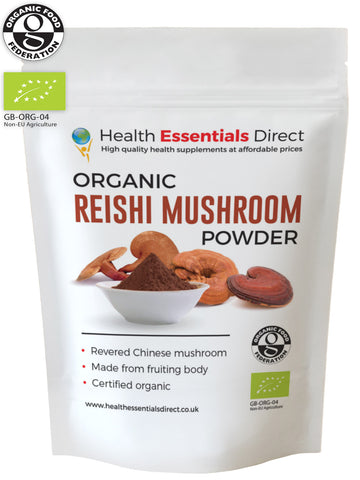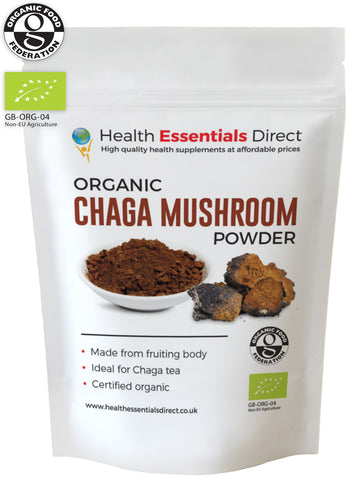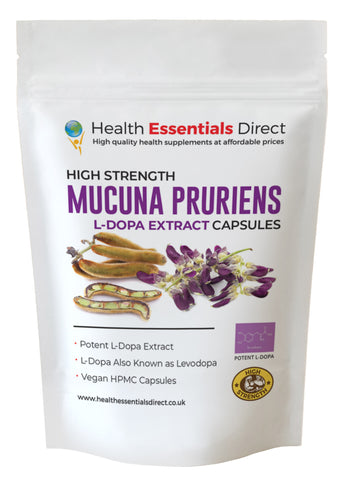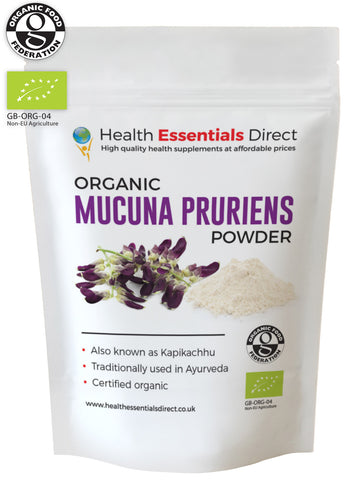Organic Red Maca Powder (Rare Root, Peruvian Ginseng)
Organic Red Maca Powder
-
Rare Colour Maca Root
-
Grown at High Altitudes in the Peruvian Andes
-
Certified Organic by Organic Food Federation
About Red Maca
The maca plant (Lepidium meyenii), is a herbaceous plant that is native to Peru, South America. Some of the common terminologies used to refer to the maca plant include Peruvian ginseng. The most viable part of the maca plant is the root. The maca plant thrives in high altitudes, mostly above 4000m above sea level. This is the reason why the plant naturally grows in the Andes Mountains and other highlands within Peru. Compared to other varieties of the maca root, red maca powder is more superior and contains a higher amount of bioactive constituents.
Red maca powder has a sweet, soothing odour and taste that nears that sun-dried butterscotch. The gentle flavour makes it a favourite additive in different food and beverages. After the roots of the plant have been harvested, they are washed thoroughly and then sun-dried to get rid of moisture. They are then processed under reduced temperatures to avoid denaturing the phytochemicals. Once the roots have dried for ample time they are then often ground into powder, red maca powder is tan in colour. The maca plant is of small stature, only growing to a maximum of 15cm when fully mature. Once harvested from the soil, the root comes in various shapes: ovate, globular, triangular, etc. as an adaptation, the root is covered with fine root hairs on the main root. Upon splitting the folds, the maca root is brown to white on the inside.
The maca plant has a rich history that spans over 2,000 years. The plant that grew freely in the wild was fed on by animals before humans decided to try it out. The plant was hugely made familiar to the public by Father Cobo in the 15th century. He spotted the plant growing in an environment where other plants couldn’t. The plant was also used as currency in the barter trade. This especially happened during the civilisation era by individuals in the Inca Empire. The plant was then picked up by the Spanish who had toured Junin, Central Peru. They made sure to carry a chunk of the plant on their trip back. They tried it out on their horses before they adapted the same for human consumption. According to them, their horses exhibited increased fertility, strength, and stamina. After observing and seeing the benefits the potent root had to the animals, the Spanish were now confident enough to try it out. One of the popular narratives that went around was that red maca played a key role in the conception of the first Spanish baby in the Highlands. This happened during the reign of Francisco Pizzaro, who played a key role in the takeover of the Incan empire. The Spanish also used red maca widely especially during their conquests on South America, especially Peru and Mexico, where the plant was found in plenty. They believed that it gave them the rapid energy that they needed on the battlefield. Once they discovered its endless benefits, they also felt the need to control its supply to avoid its depletion. To date, natives in Mexico and Peru still take red maca, which they prefer in its raw form. This, they believe, is the best way they can enjoy the nutrients present with zero chances of denaturing them.
- Please note it is against MHRA guidelines for us to talk about any potential health benefits for this supplement however a quick google search on the potential benefits and you may be surprised.
How to use Red Maca Powder
10 - 15 grams a day (1 teaspoon approximately 3 grams), can be mixed into hot or cold water, mixed with milk or honey, blended into smoothies or mixed into foods.







